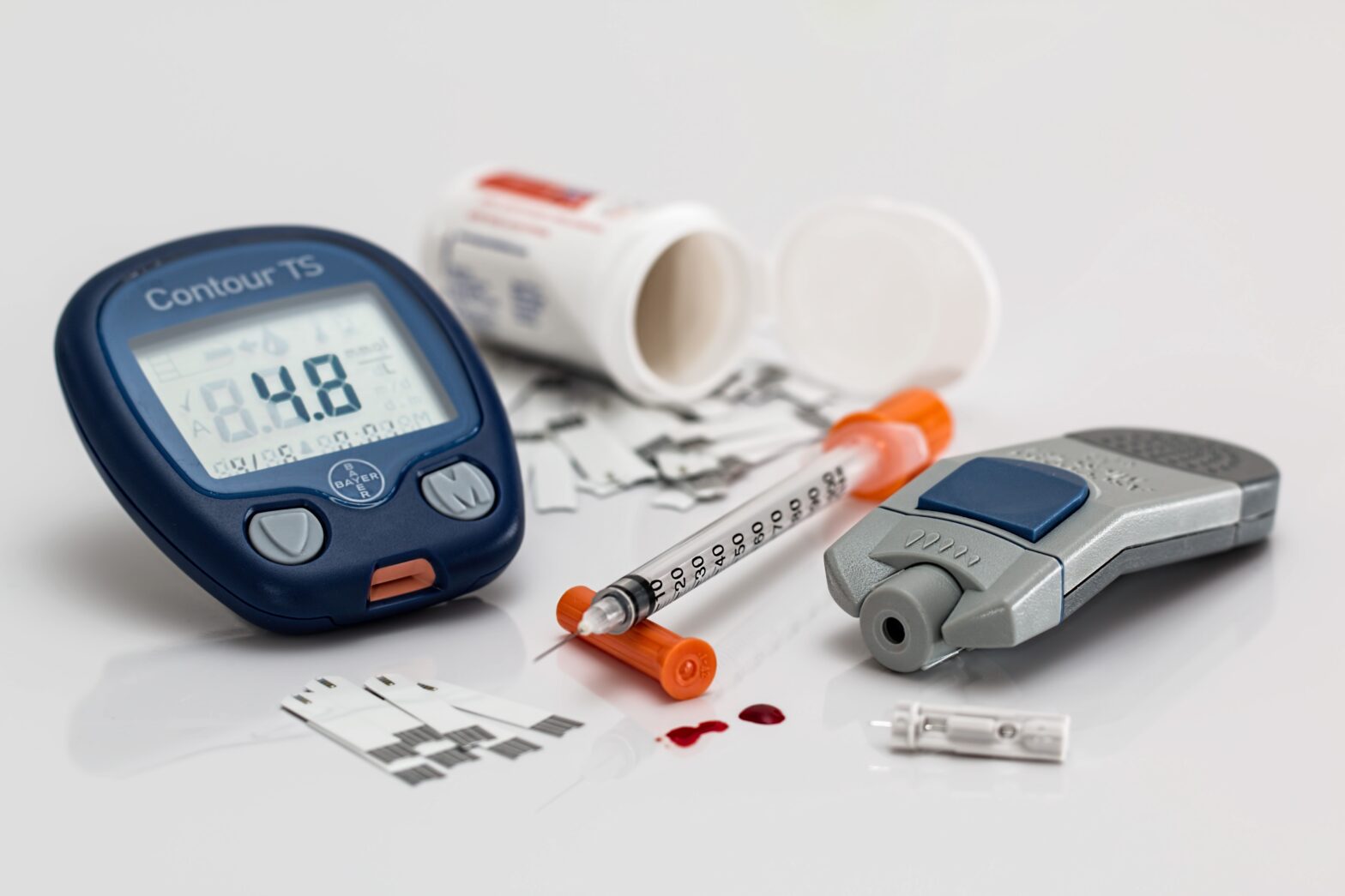Low-Glycemic Foods: A Shield for Diabetic Feet
Low-glycemic foods play a crucial role in managing diabetes and promoting healthy feet. By understanding the glycemic index (GI) and incorporating low-GI foods into your diet, you can help prevent and manage diabetic foot ulcers.
How Low-Glycemic Foods Benefit Diabetic Foot Care
- Stabilize Blood Sugar Levels: Low-GI foods are digested slowly, leading to a gradual rise in blood sugar levels. This helps prevent spikes and crashes in blood sugar, reducing the risk of nerve damage and poor circulation in the feet.
- Reduce Inflammation: A well-controlled blood sugar level can help reduce inflammation throughout the body, including in the feet.
- Promote Wound Healing: By providing essential nutrients and antioxidants, low-GI foods can support the body’s natural healing processes, including wound healing in the feet.
Low-Glycemic Foods
Here’s a list of low-glycemic foods:
Starches:
- Whole grains: brown rice, quinoa, whole-wheat bread, oats
- Legumes: lentils, chickpeas, kidney beans, black beans
Vegetables:
- Most non-starchy vegetables, such as broccoli, spinach, carrots, cauliflower, zucchini, bell peppers, cucumber, lettuce, kale
Fruits:
- Apples, pears, berries (strawberries, blueberries, raspberries), citrus fruits (oranges, grapefruit), cherries
Condiments and Sweeteners:
- Vinegar, mustard, herbs, spices, stevia, and monk fruit
Research and Industry Trends
Several studies have shown the positive impact of low-GI diets on diabetic foot care:
- Improved Glycemic Control: Numerous studies have demonstrated that a low-GI diet can significantly improve glycemic control, reducing the risk of diabetic complications, including foot ulcers.
- Reduced Inflammation: Research suggests that a low-GI diet can help reduce systemic inflammation, which can contribute to the development of diabetic foot ulcers.
- Enhanced Wound Healing: A well-controlled blood sugar level, often achieved through a low-GI diet, can promote optimal wound healing in diabetic patients.
The food industry has responded to the growing interest in low-GI diets by offering a wider range of low-GI products, such as whole-grain bread, low-sugar cereals, and sugar-free sweeteners.
General Guidelines for a Low-GI Diet
- Prioritize Whole Foods: Choose whole, unprocessed foods over refined grains and sugary snacks.
- Combine Foods Wisely: Pair low-GI carbohydrates with protein and healthy fats to slow down digestion and stabilize blood sugar.
- Read Food Labels: Check the ingredient list and nutrition facts to identify hidden sugars and processed ingredients.
- Cook at Home: Preparing meals at home allows you to control the ingredients and portion sizes.
- Listen to Your Body: Pay attention to how different foods affect your blood sugar levels and adjust your diet accordingly.
A 24-Hour Low-GI Meal Plan
Breakfast:
- Oatmeal with berries and nuts
- Greek yogurt with honey and nuts
Lunch:
- Lentil soup with whole-grain bread
- Salad with grilled chicken or fish
Dinner:
- Salmon with roasted vegetables (broccoli, carrots, zucchini)
- Brown rice or quinoa
Snacks:
- Fruits (apples, pears, berries)
- Vegetables (carrots, celery) with hummus
- Nuts and seeds
- Greek yogurt
By incorporating low-GI foods into your daily diet, you can take control of your blood sugar levels, improve your overall health, and reduce your risk of diabetic foot ulcers.
